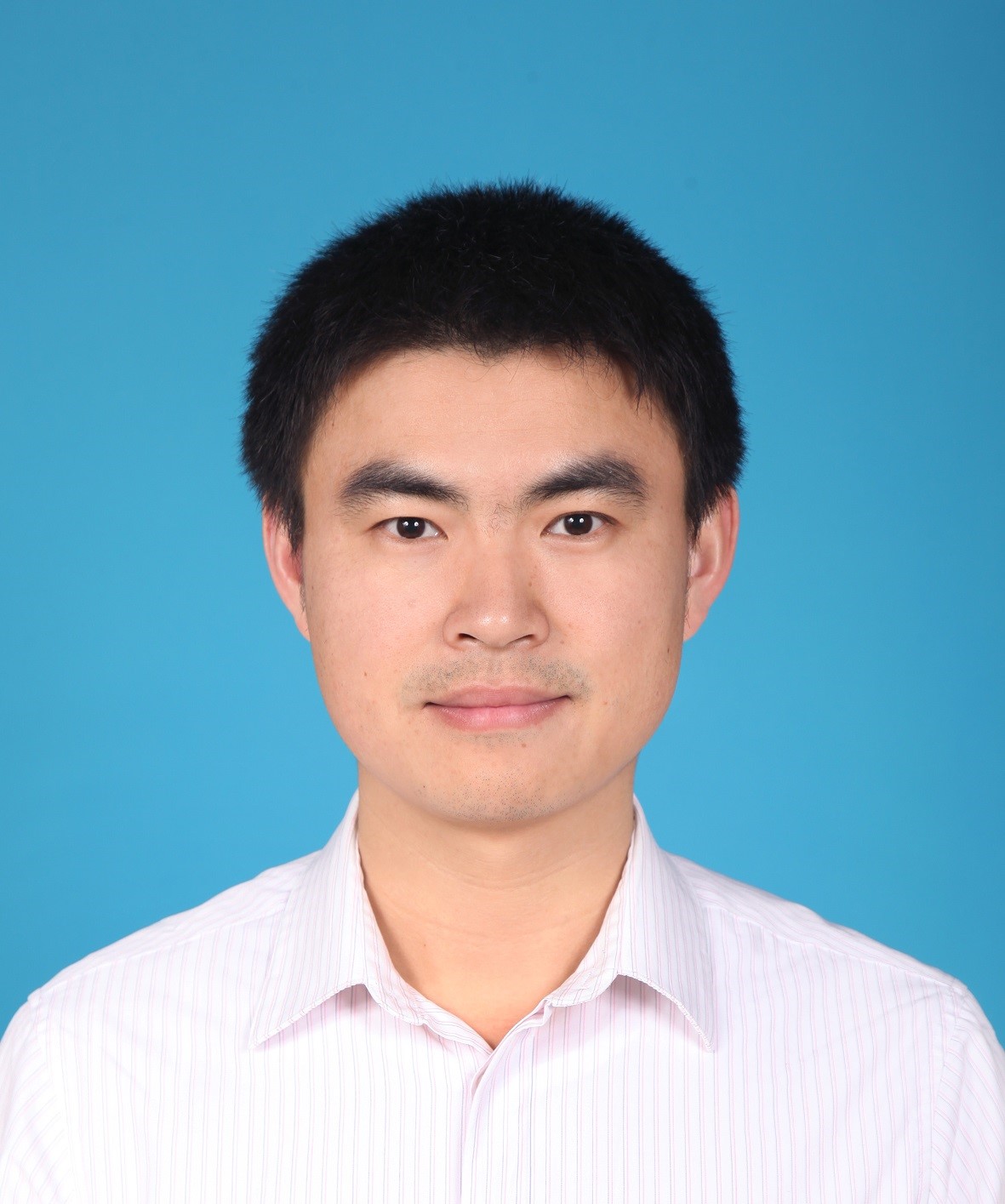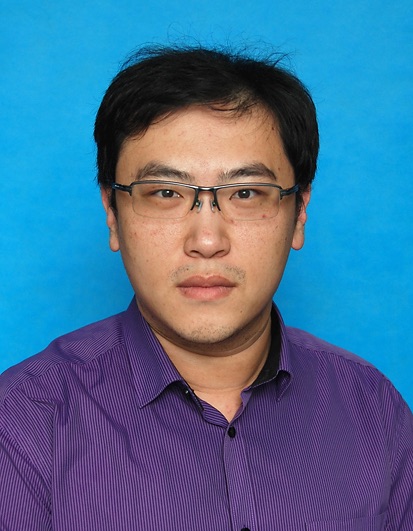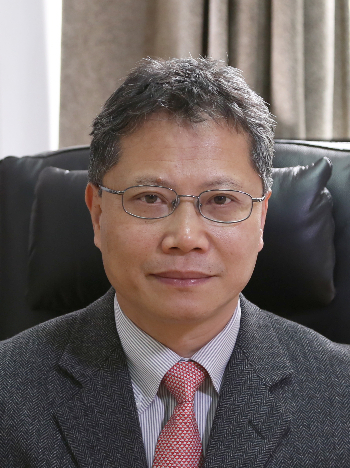Org. Synth. 2020, 97, 1-11
DOI: 10.15227/orgsyn.097.0001
Discussion Addendum for: Synthesis of Arylboronic Pinacol Esters from Corresponding Arylamines
Fanyang Mo,
¶Ñ Di Qiu,
‡ and Jianbo Wang*
§1
Discussion
The wide applications of Suzuki-Miyaura cross-coupling reaction in constructing C-C bond have created an increasing demand for arylboronic acids or arylboronates.
2 The traditional synthetic route of arylboronic acids relied on the trapping of organolithium or Grignard reagents with a trialkyl borate, followed by acidic hydrolysis.
3 In 1995, Miyaura et al. developed the palladium-catalyzed borylation of arylhalides with bis(pinacolato)diboron, representing another important approach toward arylboronates.
4 Direct borylation via aromatic C−H bond activation has been extensively explored in the recent decades.
5 Following our report in 2010,
6 a series of similar Sandmeyer-type borylation reactions under modified conditions appeared in the literature.
7 These recent advances are the focus of this Discussion Addendum.
In 2010, our group developed the metal-free direct conversion of aryl amines
1 to arylboronates
3.
6 Using B
2pin
2 2 as the boron source, the reaction is promoted by the radical initiator dibenzoyl peroxide (BPO), and it is complete at room temperature within 1-2 h. As shown in Scheme 1, aryl amines
1 bearing various functionalities can be engaged in this transformation, and the corresponding borylation products are obtained in moderate to good yields; however, for heteroaromatic amines and some
ortho-substituted aryl amines, the reaction only gives trace amount of the products.
Scheme 1. Metal-free borylation of arylamines at room temperature
We have noted that the substituents on the aromatic ring of arylamine substrates significantly affect the yields of borylation products. Therefore, we further devoted ourselves to developing more general conditions for the widespread aryl amine substrates. Gratifyingly, we found that simply carrying out the reaction in MeCN at 80 °C in the absence of BPO would expand the substrate scope.
8 Importantly, the modified reaction conditions give slightly improved yields in most cases. The modified conditions turn out to be compatible with a broader substrate scope, including
ortho-substituted aryl amines, amines with unprotected hydroxyl and amino groups, aldehydes, and more importantly, heterocyclic amines (Scheme 2). It has been observed that electron-deficient heterocyclic amines exhibit high reactivity in the formation of the borylation products, while electron-rich heterocyclic amines are prone to oxidation in the presence of
t-BuONO, thus resulting in diminished yields. The reactions can be carried out on gram scale for selected substrates.
Scheme 2. Metal-free borylation of arylamines under modified conditions in the absence of BPO
Following our initial report in 2010, many new Sandmeyer-type borylations under modified conditions have been developed. In 2012, Yamane group reported the BF
3-mediated synthetic method for deaminoborylation of aryltriazenes
4 with bis(pinacolato)diboron
2.
9 Various arylboronic esters are prepared in moderate to good yields with this facile transition-metal-free procedure (Scheme 3). Mechanistic studies suggested that this borylation process might not involve an aryl free radical process.
Scheme 3. Transition-metal-free borylation of aryltriazenes
In 2012, Yan and co-workers reported an organic dye (eosin Y)-catalyzed visible light-promoted reduction of stable aryldiazonium tetrafluoroborate salts
5 to generate aryl free radicals that are borylated with B
2pin
2 2.
10 Both electron poor and electron rich aromatics are tolerated and provide the corresponding borylated compounds in moderate to good yields (Scheme 4). Similarly, this photoredox protocol could be extended to
in situ generated diazonium salt from aryl amine and
t-BuONO.
Scheme 4. Eosin Y-catalyzed borylation of aryldiazonium tetrafluoroborate salts
In 2016, Ranu reported that using the same photocatalyst, eosin Y, a variety of anilines were borylated to give corresponding arylboronates in the presence of
t-BuONO and B
2pin
2 2 at room temperature with visible light irradiation (Scheme 5).
11 This procedure avoids the isolation and handling of hazardous diazonium salt and the use of any metal reagent.
Scheme 5. Visible light photo-catalyzed borylation of aryl amine
In 2014, Pucheault and co-workers disclosed that a series of titanocene and zirconocene reagents were capable of promoting borylation of anilines to form boronates at room temperature (Scheme 6).
12 In contrast to previous works, this protocol uses diisopropylaminoborane
6 (H
2BN
i-Pr
2) as the borylating agent, and the reaction is presumed to proceed through a radical chain mechanism.
Scheme 6. Borylation of aromatic diazonium salts using titanocene and zirconocene
In 2017, Wu and co-workers demonstrated a zinc-catalyzed borylation of aryldiazonium salts
5 and aryltriazenes
8 for arylboronate synthesis (Scheme 7).
13 The reaction was carried out in methanol with 5% Zn(ClO
4)
2 catalyst at 40 °C, providing various arylboronates.
Scheme 7. Zinc-catalyzed borylation of aryl diazonium salts and aryltriazenes
Diazotizations were typically conducted in aqueous solution in the early days. Although aqueous conditions have sometimes restricted the substrate scope due to functional group compatibility or solubility issues, there are also potential advantages of using water as solvent, such as low cost, safety, and environmental benefits. Thus, developing Sandmeyer-type borylation under aqueous conditions is desirable. In 2014, Xue and co-workers reported aqueous phase diazotization conditions for the conversion of aryl amines to arylboronates.
14 In this procedure, the first diazotization step was conducted at 0−5°C in mixed solvent of MeOH/aq. HCl. For the second step, protic solvents such as alcohols and organic acids are superior to aprotic solvents. In addition, Xue and co-workers expanded the borylation to include B
2(OH)
4 9 as the boron source, affording arylboronic acids
10 as the products (Scheme 8).
Scheme 8. Methanol-promoted borylation of arylamines to synthesize arylboronic acids and arylboronates
In 2014, Blanchet group disclosed the aqueous phase borylation of a wide range of diazonium salts with diboronic acid
9, leading to the facile synthesis of (hetero)arylboronic acids
10.
15a The most attractive advantage was the speed of the reactions, as all of the examples went to completion in approximately a half an hour (Scheme 9). Furthermore, the authors combined this fast one-pot borylation method with other reactions such as esterification, Suzuki−Miyaura coupling, hydrogenolysis, and Petasis borono-Mannich reaction for rapidly achieving molecular diversity.
15b
Scheme 9. Aqueous phase borylation of diazonium salts and arylamines with diboronic acid
In 2017, Wu further demonstrated that the borylation of stable diazonium tetrafluoroborates
5 could proceed under catalyst-free conditions in acetone-water solution (Scheme 10).
16 Control experiments indicate that water plays a crucial role in promoting the borylation of diazonium tetrafluoroborates. Mechanistically, the reaction proceeds through a radical pathway, as TEMPO or BHT completely inhibited the desired transformation.
Scheme 10. Borylation of diazonium tetrafluoroborates in acetone-water solution
In 2019, Miao and co-workers reported the metal-free transformation of arylamines to aryl naphthalene-1,8-diamino boronamides
12 with a nonsymmetrical diboron reagent B(pin)-B(dan)
11 (Scheme 11).
17 This Sandmeyer-type borylation reaction represents an important supplement for the preparation of aryl-B(dan) compounds.
Scheme 11. Transformation of arylamines to aryl naphthalene-1,8-diamino boronamides
In summary, the Sandmeyer-type borylation of aryl amines and their derivatives for the synthesis of (hetero)arylboronic acids and boronates have been well studied in the past decade. A number of modified practical routes to arylboronic compounds have been established, and these methods are available for application in academic settings as well as industrial processes.

|
Fanyang Mo obtained his undergraduate degree and master degree at Beijing Institute of Technology. He then moved to Peking University for graduate study in Prof. Jianbo Wang' laboratory. After receiving his Ph.D. in 2010, he went to the US and worked with Prof. Qinghai Zhang at The Scripps Research Institute and Prof. Guangbin Dong at The University of Texas at Austin from 2010 to 2015. He joined Peking University as an Assistant Professor in April 2015. His research interests include photo/electro-driven organic synthesis, modification of semiconductor oxides for energy application, carbon dioxide transformation, etc. |

|
Di Qiu was born in Tianjin, China, in 1987. He received his B.S. degree from Peking University in 2010. He continued his graduate study in Prof. Jianbo Wang's laboratory and obtained his Ph.D. in 2015. In the same year, he joined in Tianjin Normal University as an Assistant Professor. His research interests lie in aromatic C-Sn, C−P bond formations, and functional group transformations in aromatic compounds. |

|
Jianbo Wang received his B.Eng. from Nanjing University of Science and Technology in 1983, and his Ph.D. from Hokkaido University in 1990. He was a postdoctoral associate at the University of Geneva from 1990 to 1993, and University of Wisconsin-Madison from 1993 to 1995. He began his independent academic career at Peking University in 1995 as an Associate Professor and was promoted to Full Professor in 1999. His research interests have been focused on the catalytic metal carbene transformations. |
Copyright © 1921-, Organic Syntheses, Inc. All Rights Reserved